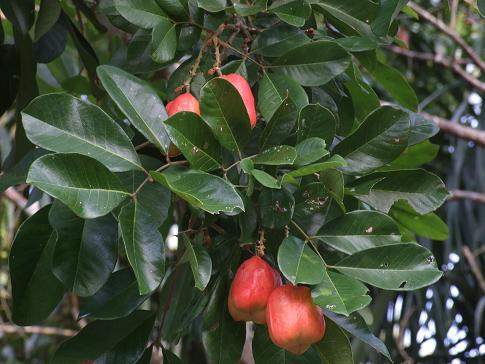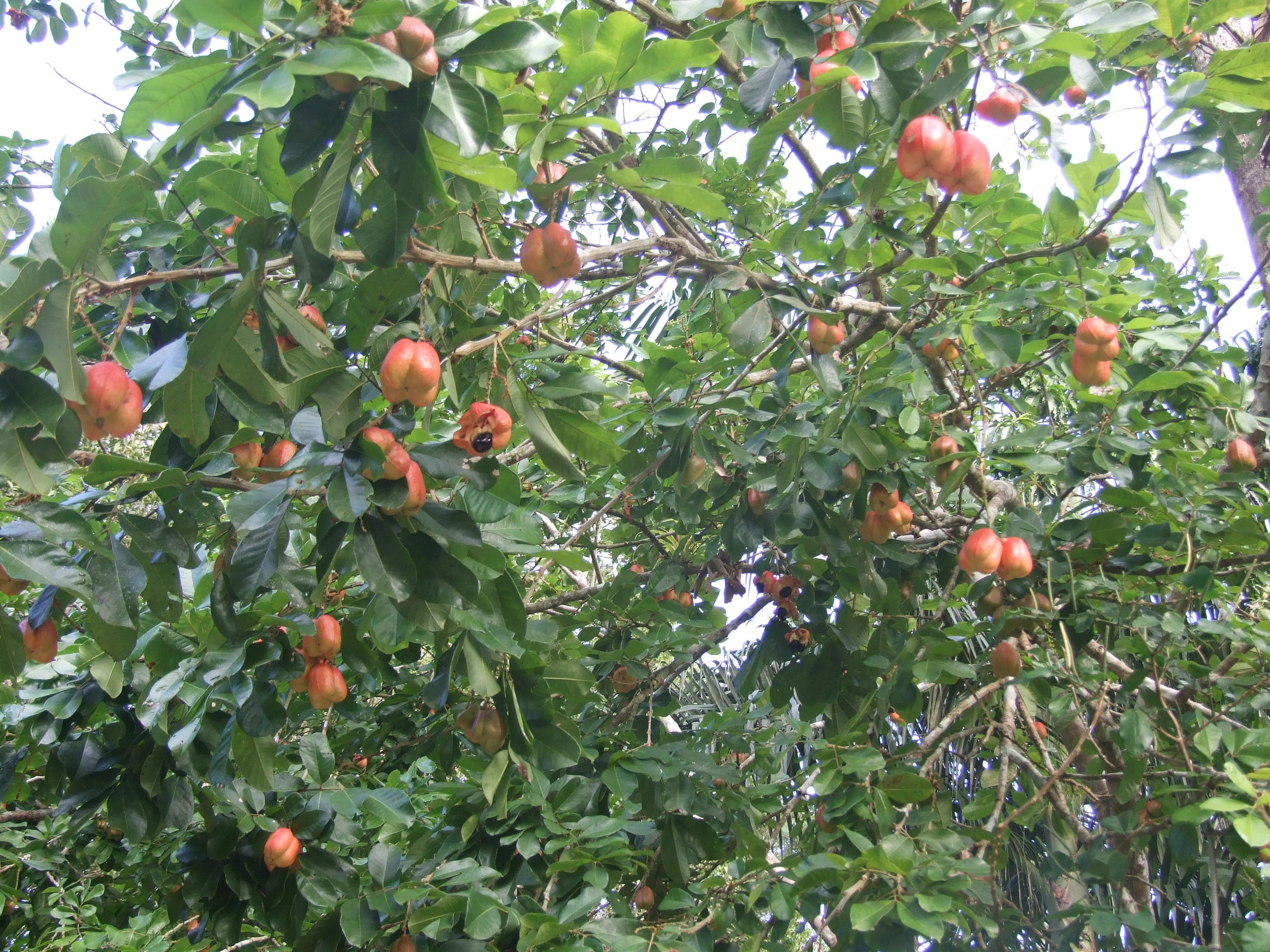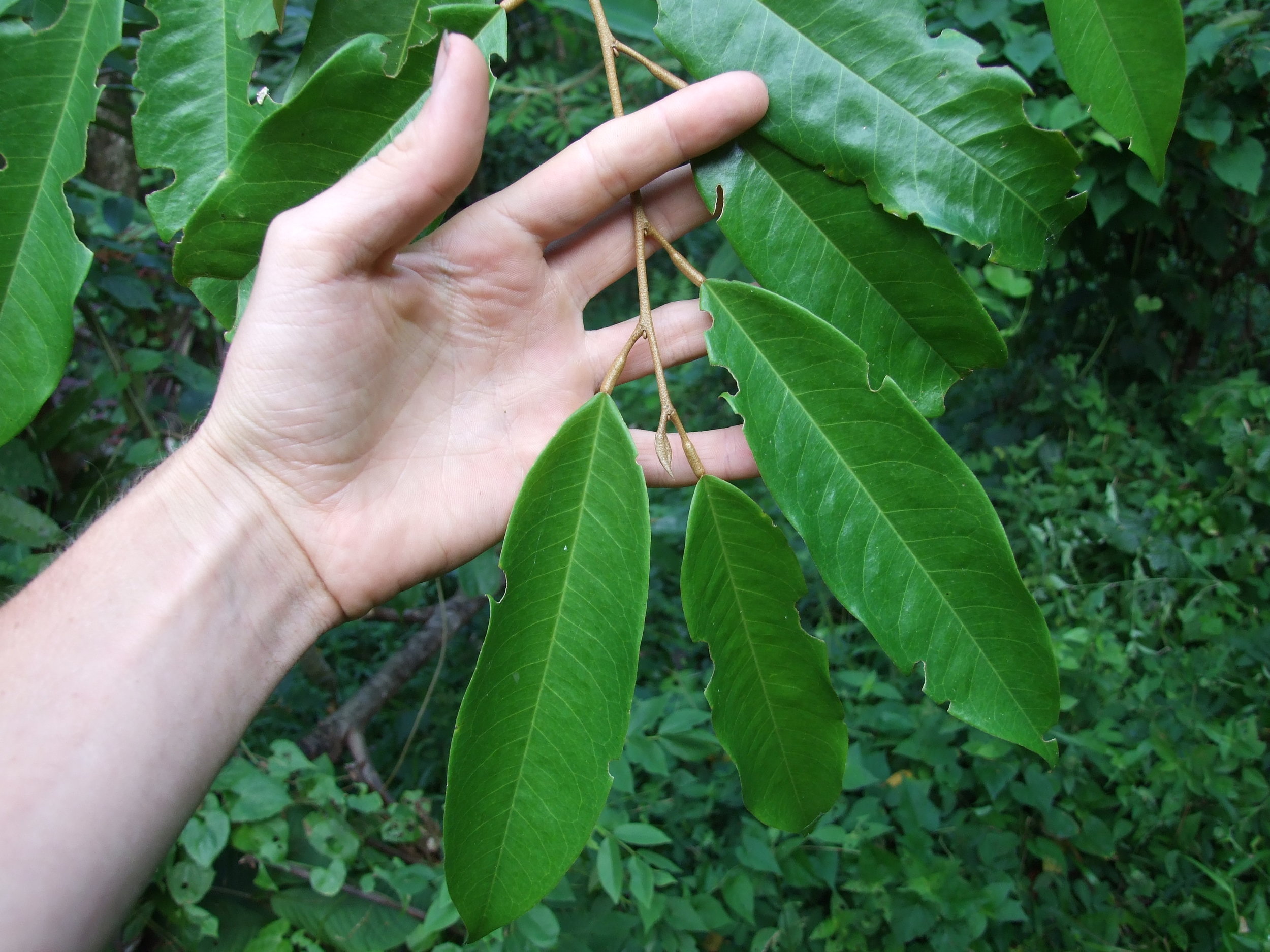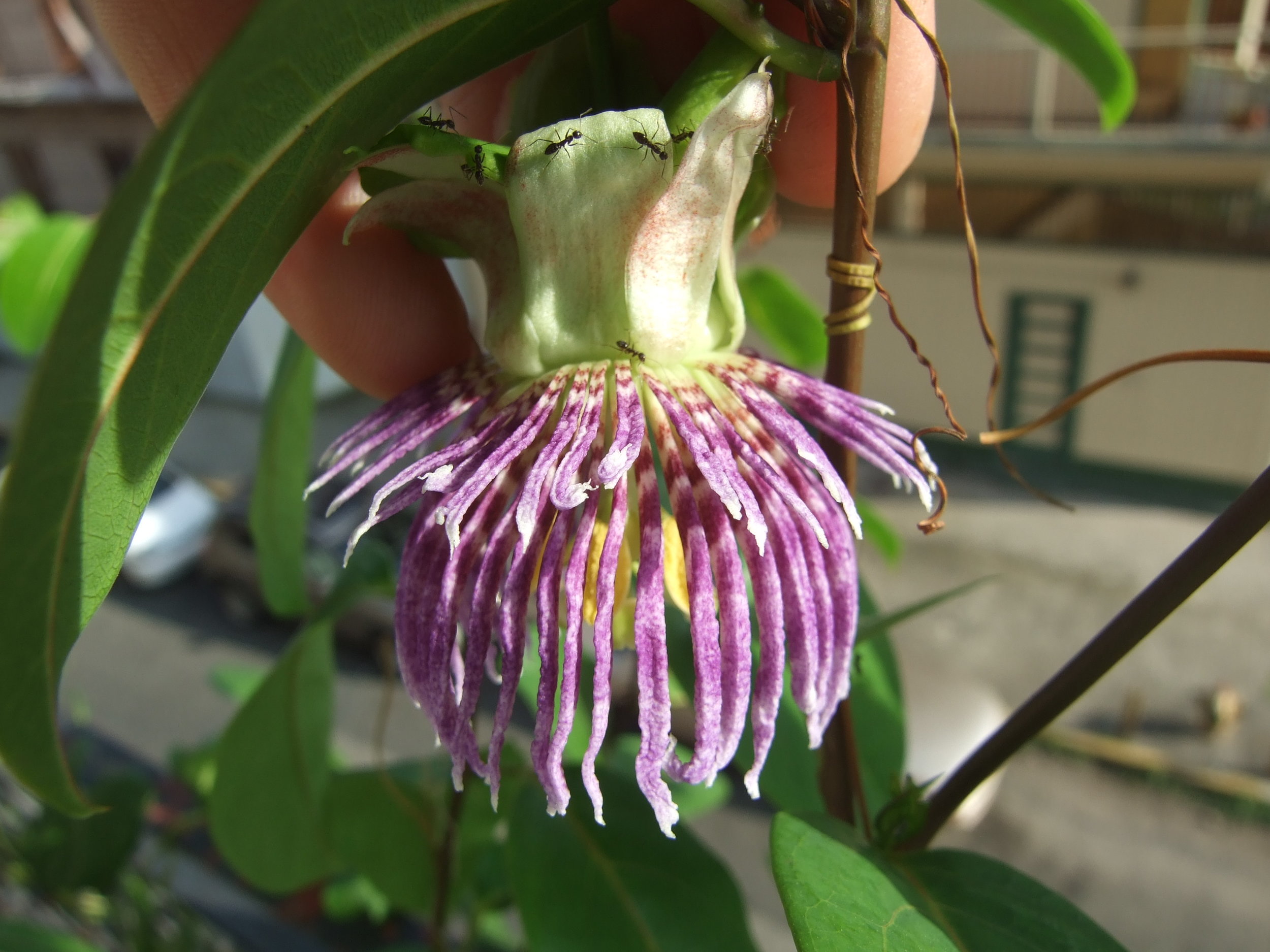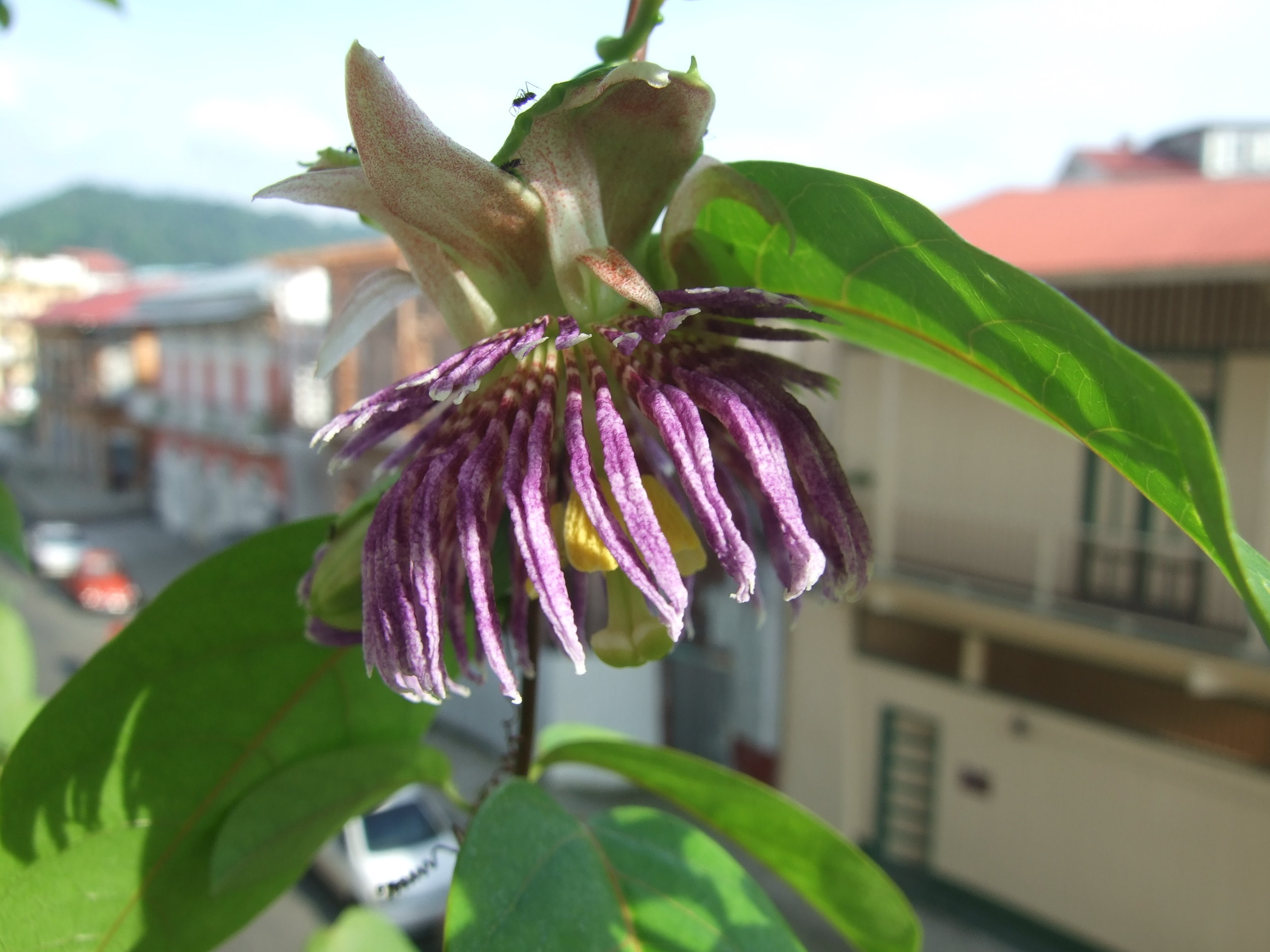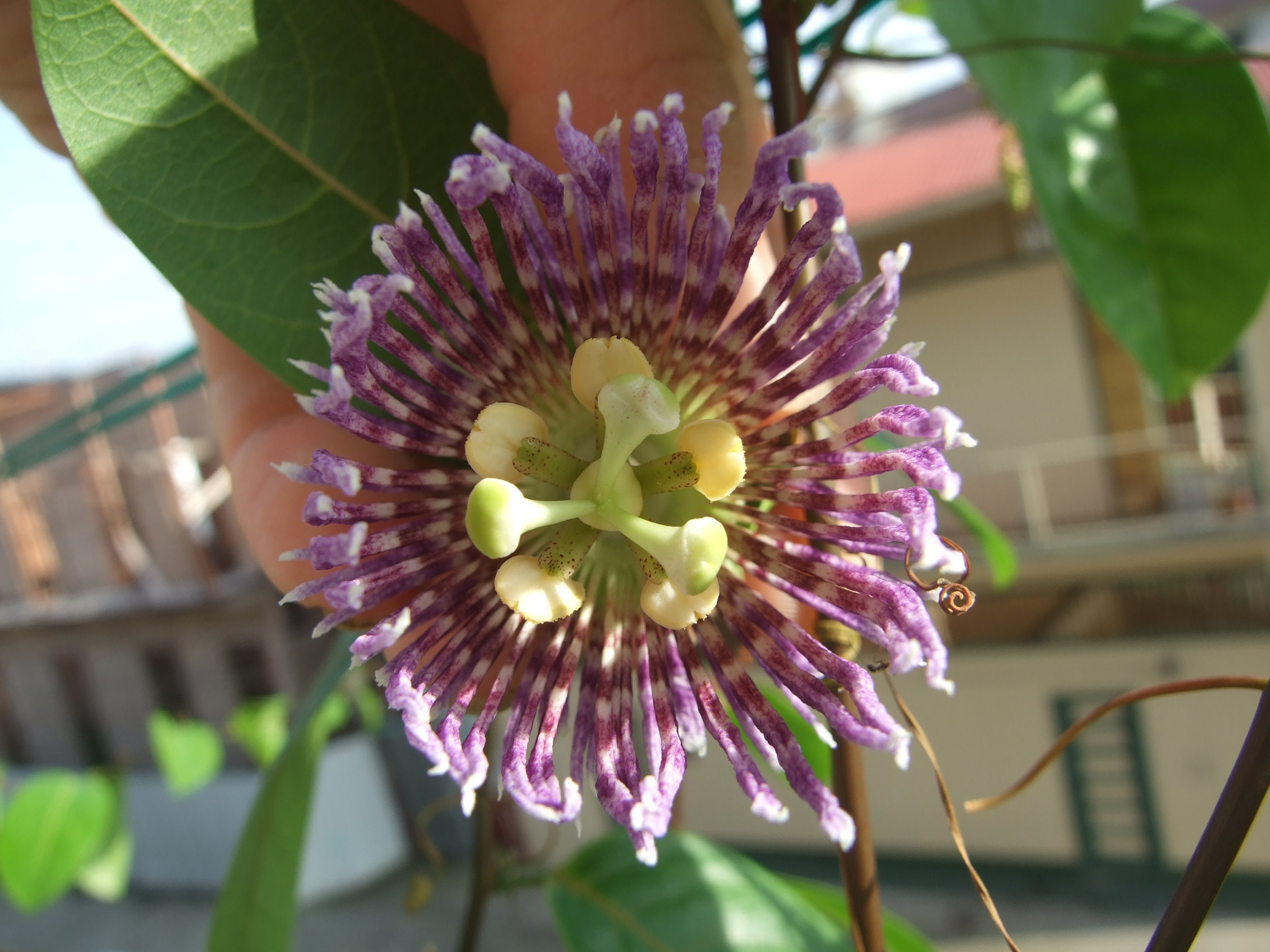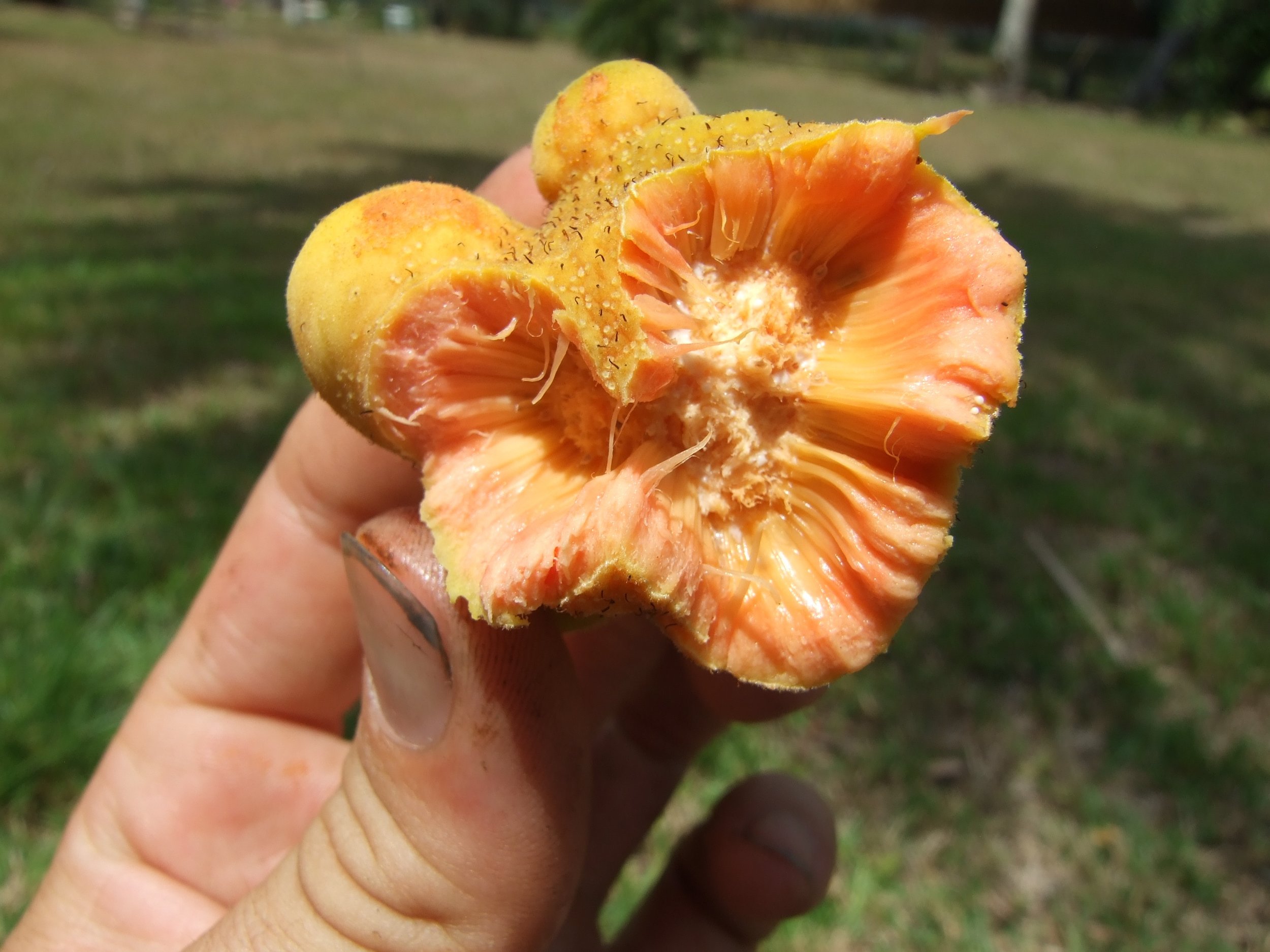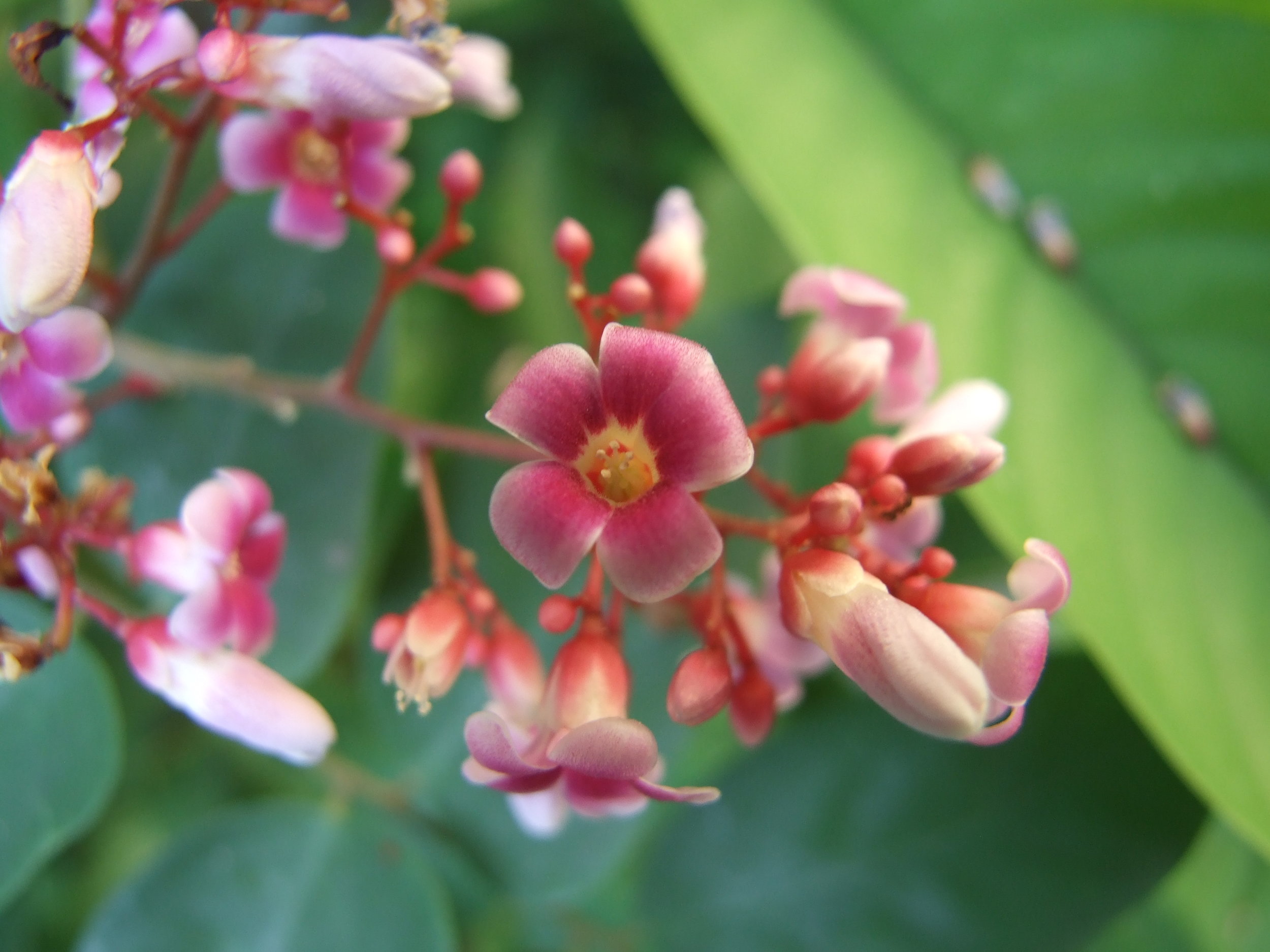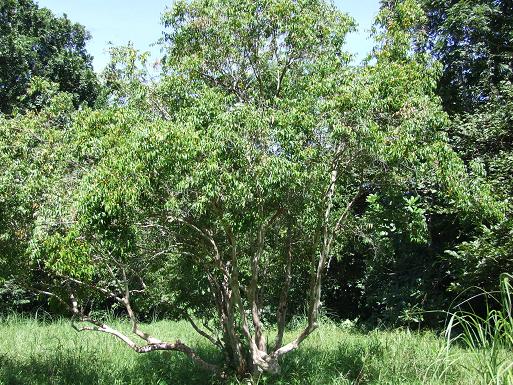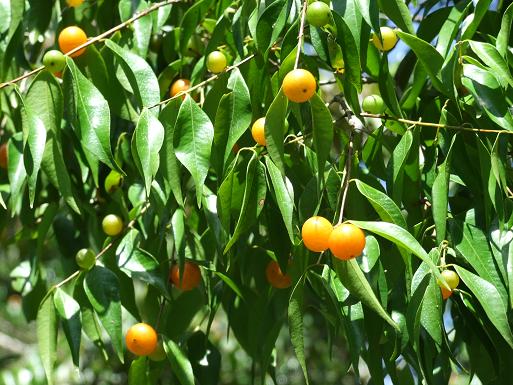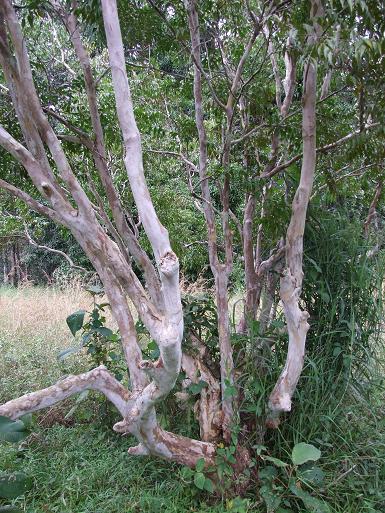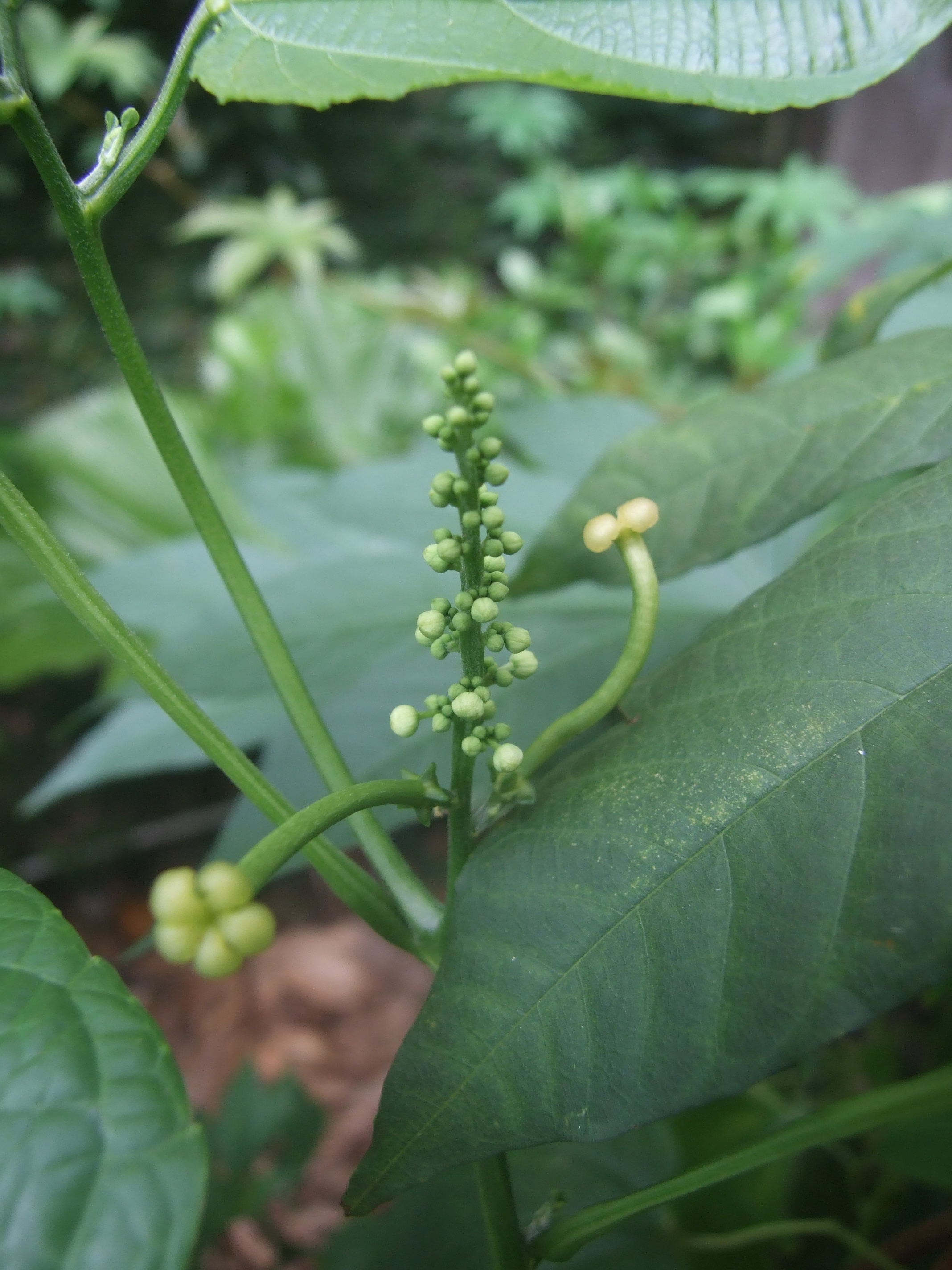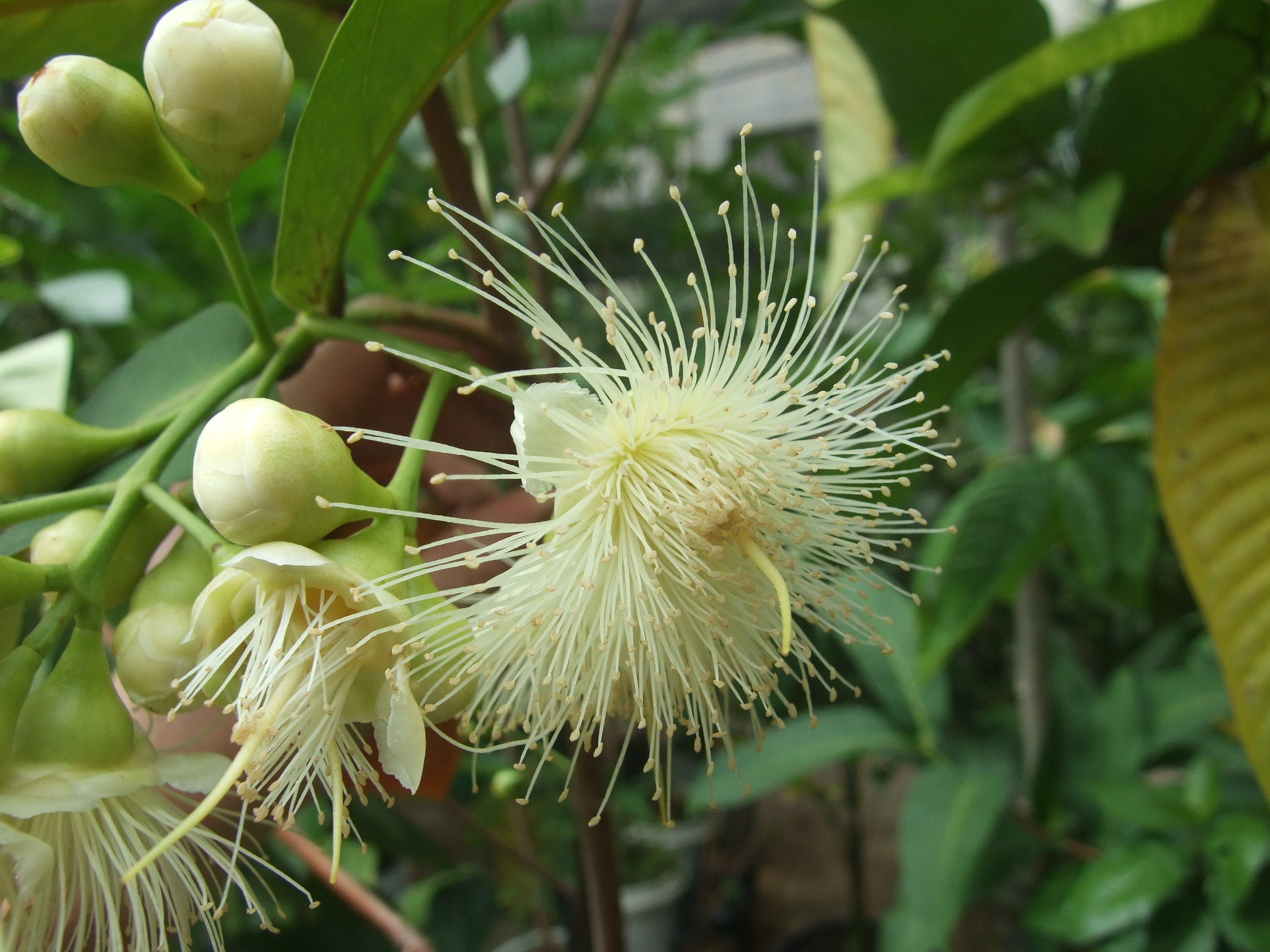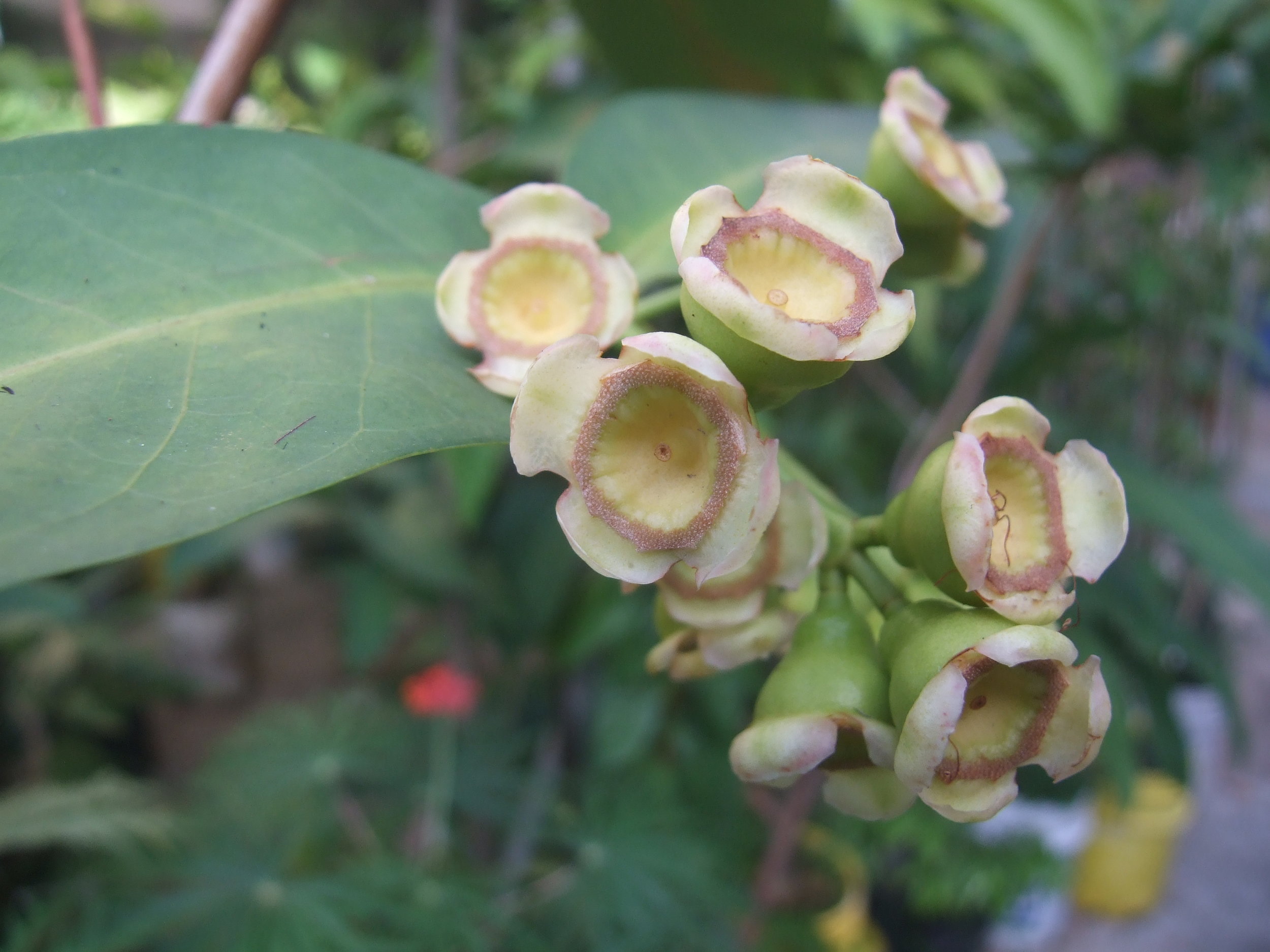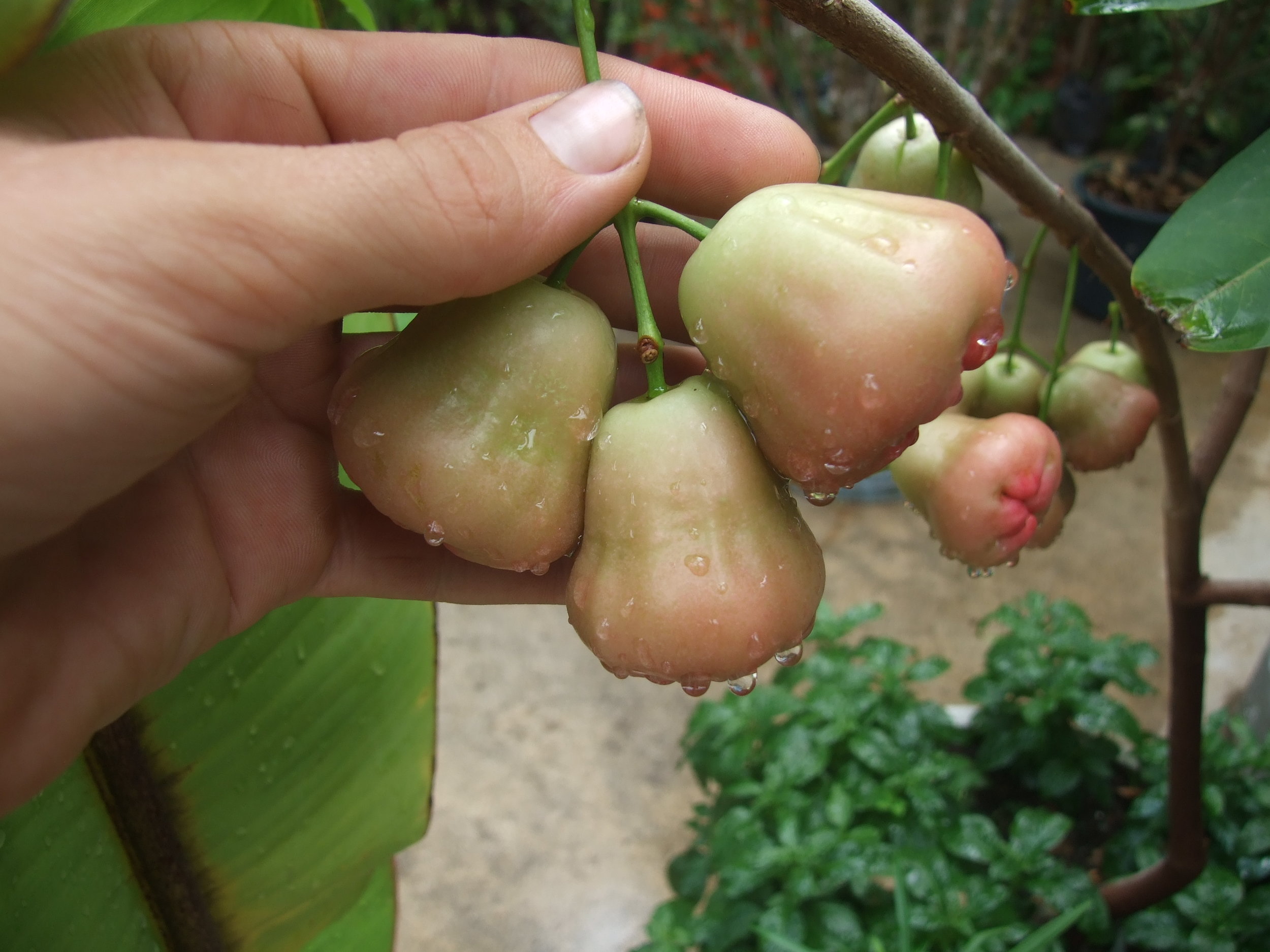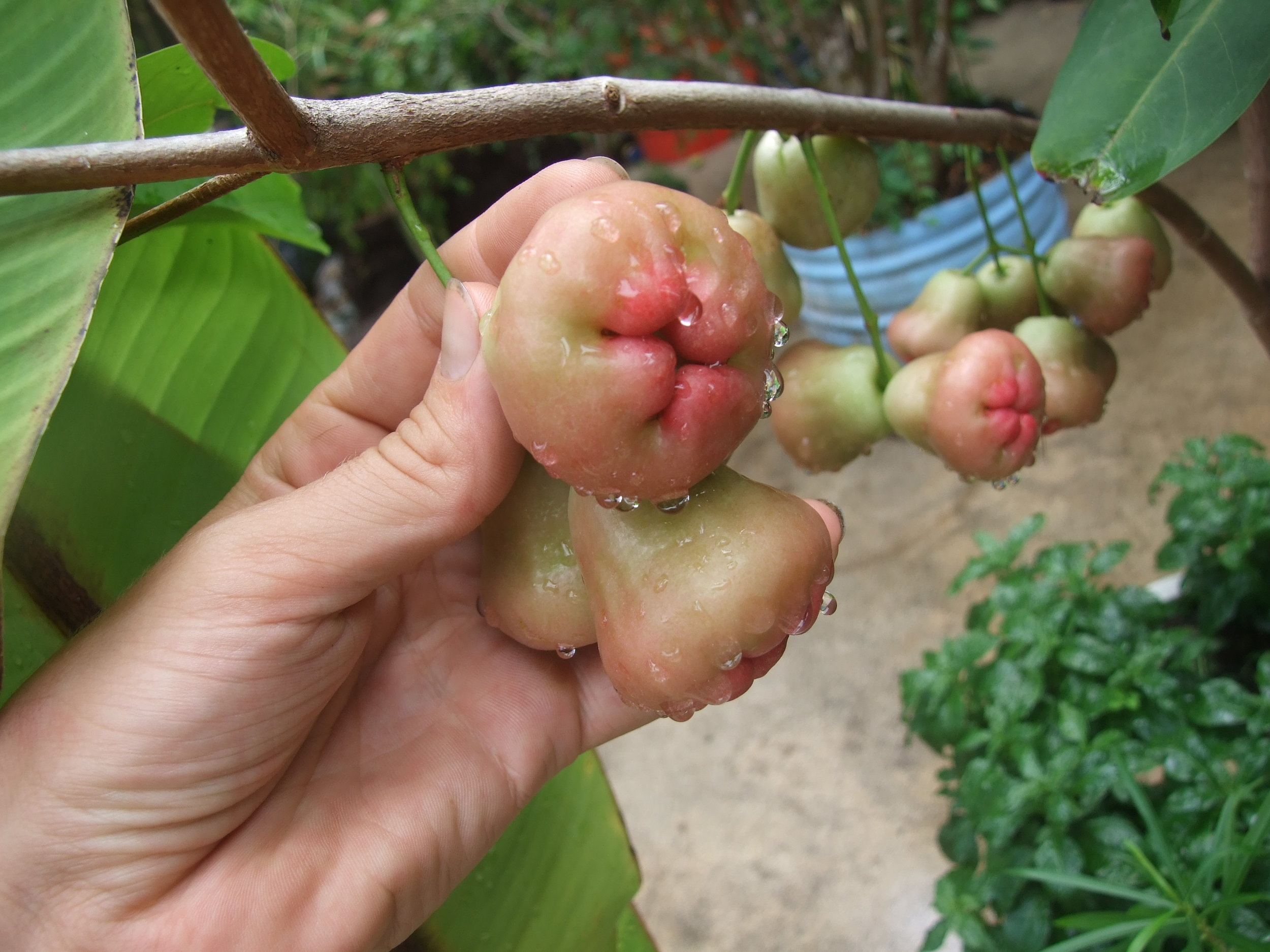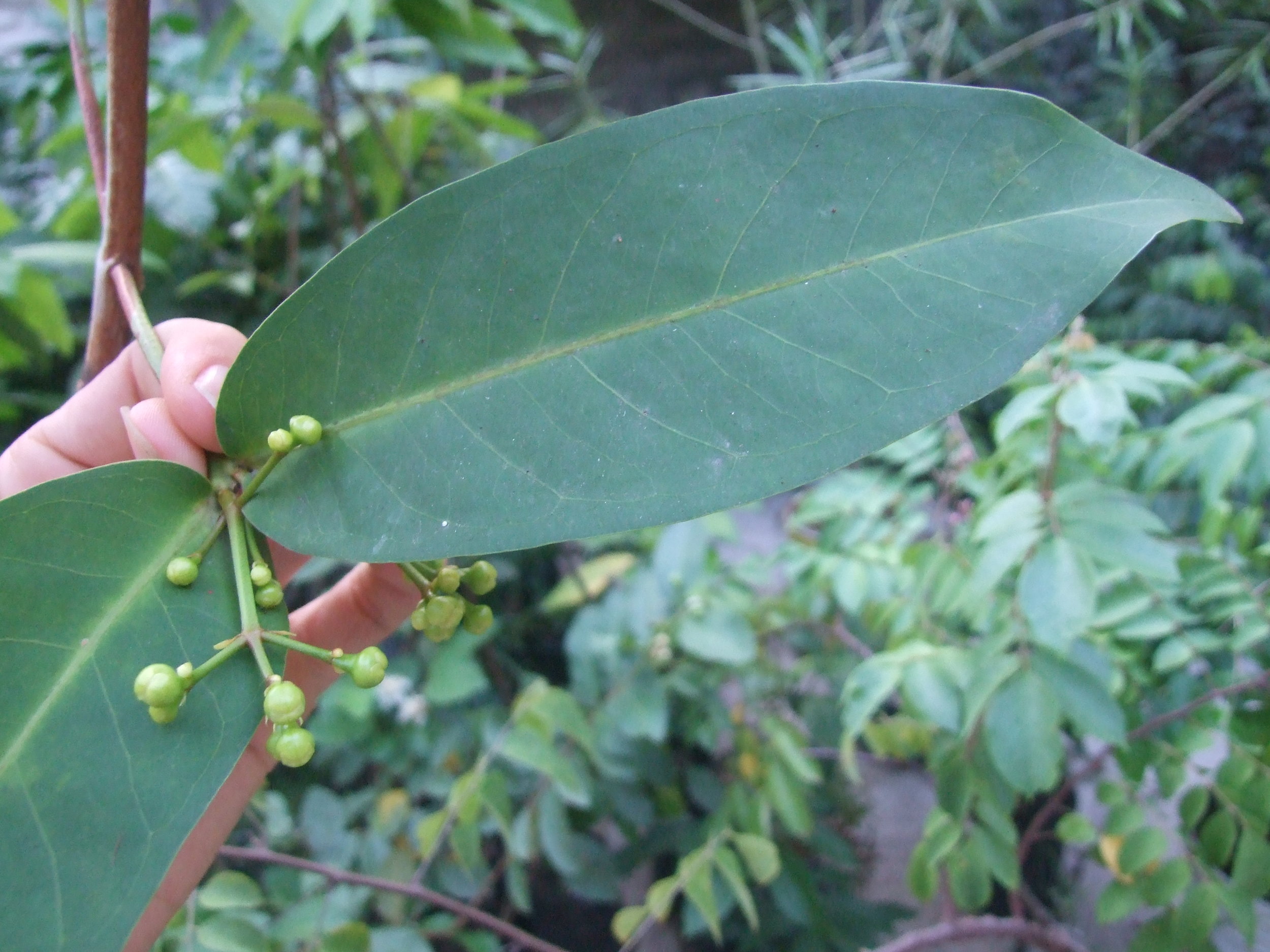Akee is native to and widely cultivated on the East coast of Africa. The English brought it from there to their colonies in the Caribbean where it is now well integrated. It is the national fruit of Jamaica.
The tree ranges in height from 10 - 25 meters. The canopy is open and broad. The fruit is a capsule in the form of a pear. When the fruit is ripe it splits open, exposing three shiny black seeds encased in a creamy white colored flesh, which is the part consumed. The fleshy arial has been described as looking similar to a small brain.
Akee is a curious and potentially dangerous fruit. If the unripe fruit is opened and the aril is eaten it can be deadly, or sufficiently poisonous to induce a coma. When picked before it is fully ripe the fruit contains a chemical that limits the body’s ability to release the backup supply of glucose that is stored in the liver. That supply is essential because once the body uses up the sugar immediately available in the bloodstream, an event that usually occurs several hours after eating, it depends on this glucose to keep blood sugar levels normal until the next meal. Without it, blood sugar plunges dangerously. Enough people have died from eating unripened akee to make it illegal to bring the raw fruit into the U.S although that restriction doesn’t apply to canned and properly processed akee.
Symptoms of akee poisoning can include uncontrollable vomiting, dizziness, severe hypoglycaemia, convulsions, coma and even death.
However, if the fruit is left to ripen and open itself, the flesh poses no danger whatsoever. All other parts of the fruit should never be eaten. I remember visiting the Lancetilla botanical gardens Tela, Honduras. In their flier they discuss Akee, giving reference to the wife of the founder to the garden who had the mishap of consuming unripe Akee and, as a result, falling into a coma and eventually dying.
Akee can be eaten fried or boiled, typically with fish or meat. The texture is similar to eggs. A curious fruit indeed.
Akee is considered highly nutritious due to its high content of fats.
The tree thrives in a hot, humid climate and does not support long, dry periods. It is best grown in deep, well drained, soils. Liming is beneficial.
